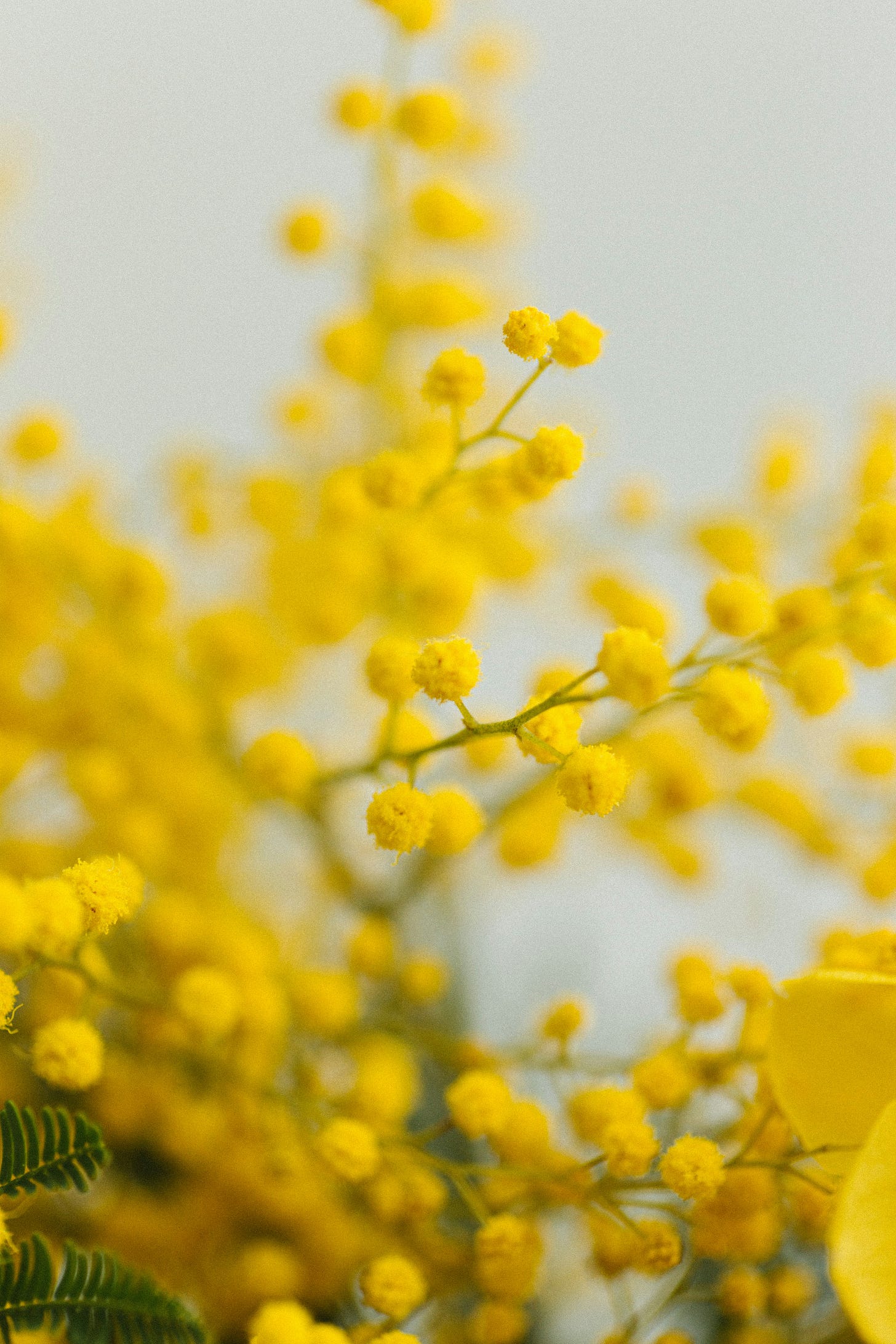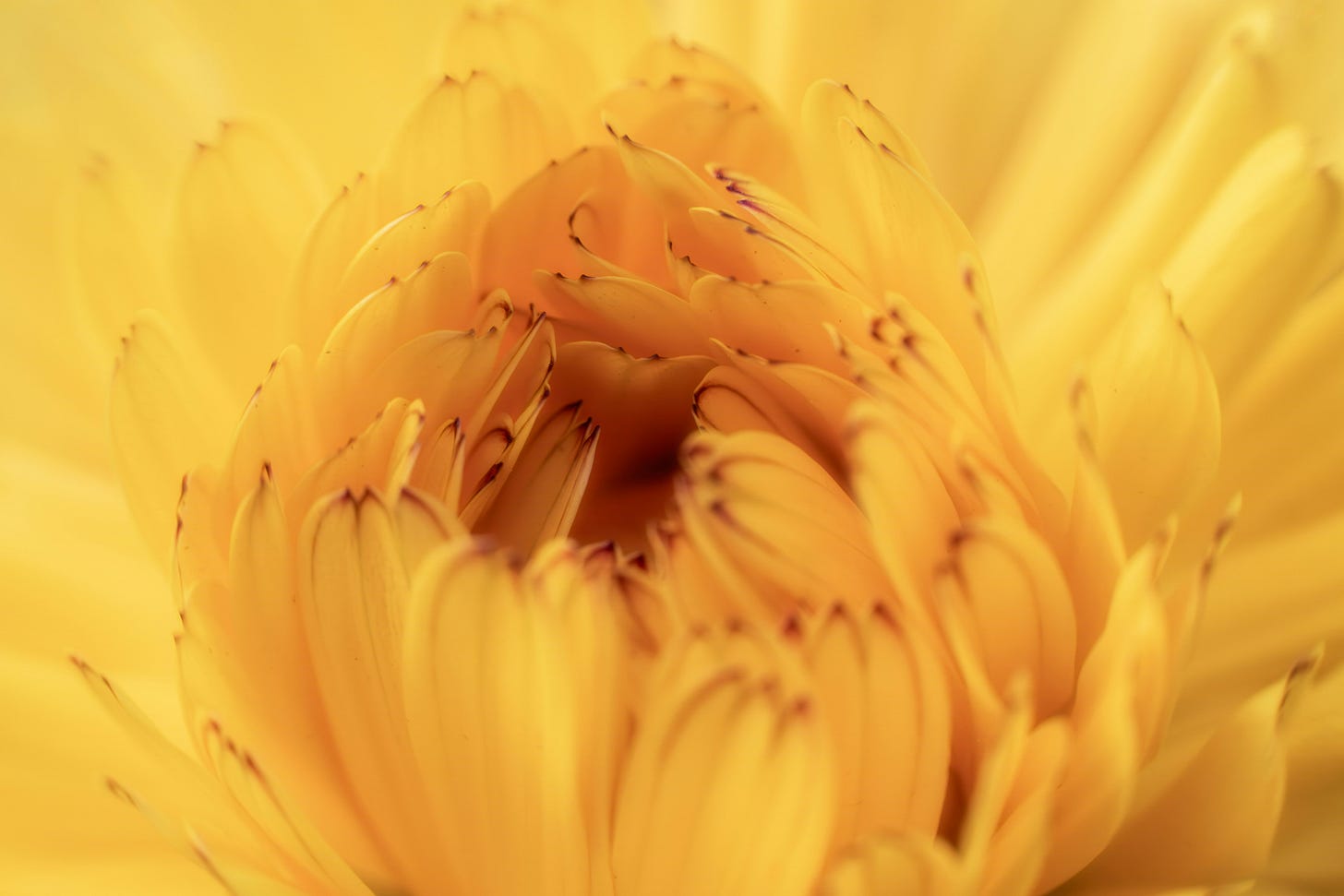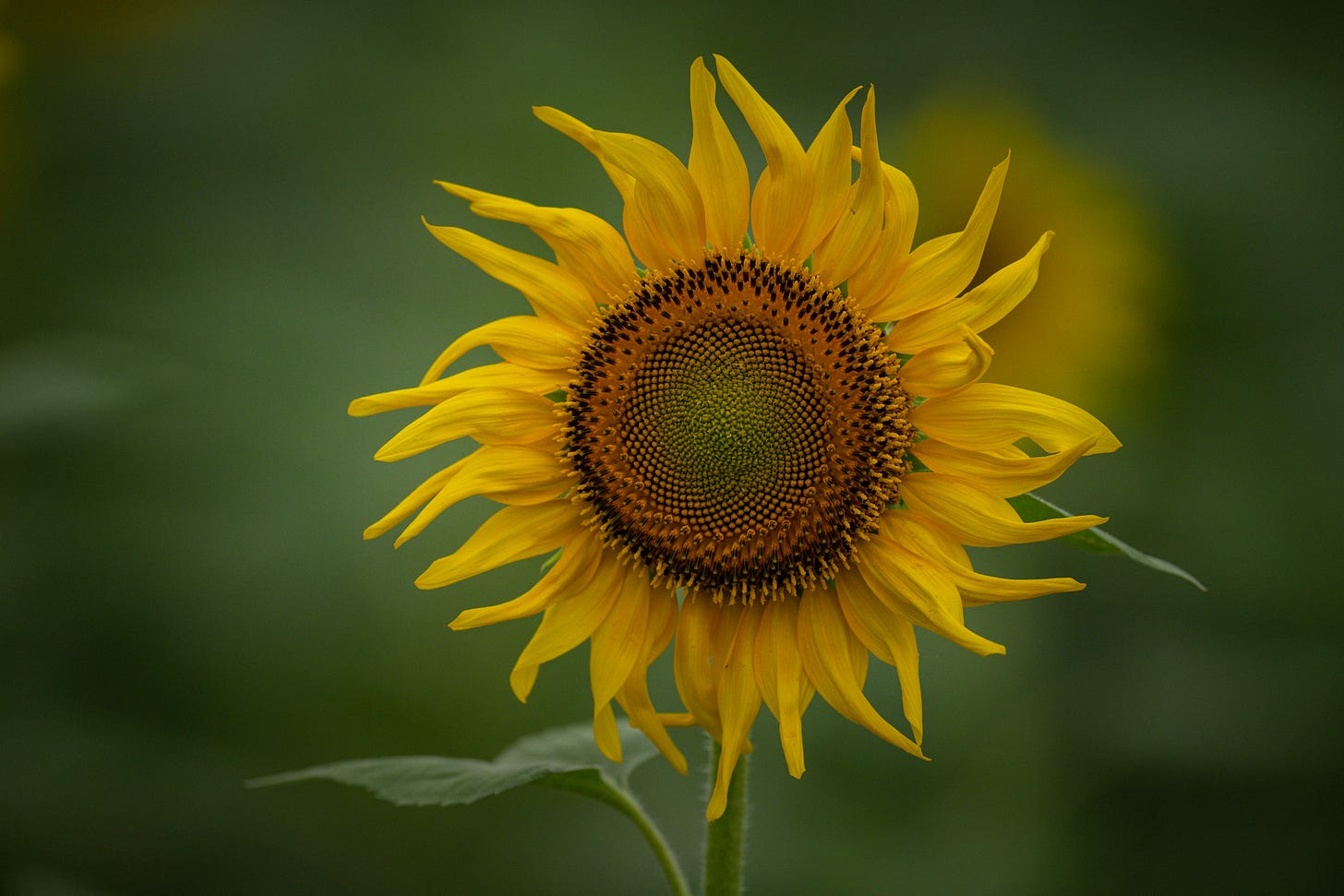Here we are in Mindful May! I hope the month has started easefully for you. How are you getting on with your daily mindful practice? It’s not too late to start (or re-start). After an exploration of the dark side of mindfulness we’re moving onto our main mindfulness tool for the whole month - noticing. Simple, difficult to remember, and utterly magical.
As I begin this piece, I am feeling inadequate.
All our great teachers spoke about noticing. How can I possibly write anything that Rumi hasn’t already written, with a thousand times more sparkle? Who could come after Wendell Berry and contribute anything more? What is the point in anyone writing a poem, after the ones Mary Oliver has left behind?
So, I begin noticing.
What is happening inside me? I have a part that really wants this piece of writing to be the best thing that anyone has ever read. A noble intention! I let that part of me know that I see it. Next I find a part that believes I’m the worst writer in the whole world. This part has good reasons for what it believes, even though most of me knows that it isn’t true. I send it some love.
It already feels a little calmer inside. I look up for a moment and notice the sun kissing the top of the garden wall, and the silhouette of a blackbird on a distant roof. I breathe out.
What else is there?
The urge to be helpful and to write something good is still there, but it feels softer now. I notice a little overwhelm at needing to write twelve pieces this month. I acknowledge it. My neck is tight - I move my arms back as if I’m yawning and some of the tension releases. I take a sip of barley cup.
Here I am: writing. I’m no Wendell Berry, but I am Satya Robyn, and I have things I want to share. I’m feeling good!

Noticing has huge power. It might seem like a small thing - and it is - but it has the ability to shift us from being muddled-up in to being alongside.
This difference can be vast. It allows us to make calm decisions rather than getting stuck in endless inner arguments. It allows us to soothe our hurts rather than being swamped by them. It allows us to receive gifts from other people and to be intimate without losing ourselves. It opens us up to gifts from the world - the vivid blue of those tiny blossoms suddenly dazzles us.
In Internal Family Systems we call this being alongside perspective ‘being in Self’. I’ve written a whole series about Self (click here and scroll down), but here’s a crash course.
Self is a calm, compassionate energy that we all contain. Everyone has an infinite resource of Self-energy, but we often can’t access it because our parts get in the way. As an example, when I felt insecure earlier I couldn’t feel any compassion for myself because a self-critical part’s energy was blocking it. I often use the sun metaphor - Self is always there, but it’s often covered by the ‘clouds’ of our activated parts.
Self-energy has the following qualities:
🌻 When Self-energy is present we can look at things from a perspective of calm clarity, rather than feeling muddled up in what all our different parts are saying or feeling.
🌻 Self-energy has a bigger perspective and can understand that different parts have different and sometimes opposite opinions or motivations.
🌻 Self doesn’t have an agenda, unless you count curiosity and kindness as an agenda.
🌻 Self never gets overwhelmed (it’s various parts of us that get overwhelmed).
So how does this relate to mindfulness? And what can we do to access more Self-energy?
I would propose that mindfulness is the same as being-in-Self-ness. We are rubbing the smears from our glasses - and seeing with clarity and calm and a great energising curiosity.
The easiest way of moving into a more mindful state, or of accessing Self-energy, is noticing. We become our own witness. We take a tiny step back so we can get curious about what is happening inside us and outside us. When we are noticing our parts, we are no longer tangled up in our parts and seeing things from their perspectives. When we are noticing the world, we are able to come into an intimate relationship with it as-it-is rather than as-we-would-prefer-it (or as-we-are-afraid-of-it).
How do we actually do this?
It’s easy - we just ask ourselves, what is here? And then we listen.
It’s also impossibly difficult to remember. We remind ourselves to notice as often as we can. We accept that most of the time we’ll be rolling around in the mud of life, with our parts firing off left right and centre. And then, every so often, we’ll take a moment. Oh! Doesn’t that mud feel good as it squishes between my toes!
It takes a lifetime’s practice. Well, actually many lifetimes. Also, even a little pinch of noticing can bring soothing, perspective or steadiness.
What is here for you right now?
Go gently,
Satya <3
Suggested Exercise
Three times a day (or once if you’d prefer, or ten times!) pause for thirty seconds and ask, ‘what is here?’.
Greet whatever you find and, if possible, send it some love.
Continue with your day.
From today on my 3 x weekly Mindful May pieces will be for my paid subscribers only. We’ll have essays on Mondays, a poem, quote and prompt on Wednesdays, and a short video and an invitation to share about our practices on Fridays. If you’d like to come along but can’t afford a month’s subscription at the moment, just let me know.








Don't doubt your writing, it is important in reminding me to reframe things, and noticing is so important! 💖
Satya, what I enjoy about your writing is the “warts and all” human vulnerability.
You don’t write from the vantage point of omnipresent wisdom like a guru, you write from the vantage point of “next door neighbour” companionship. Which makes what you write relatable. And therefore valuable.
Thankyou 🙏🏼